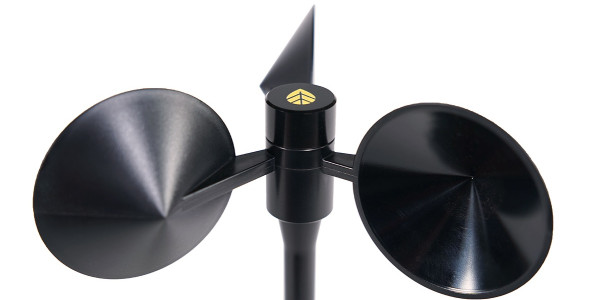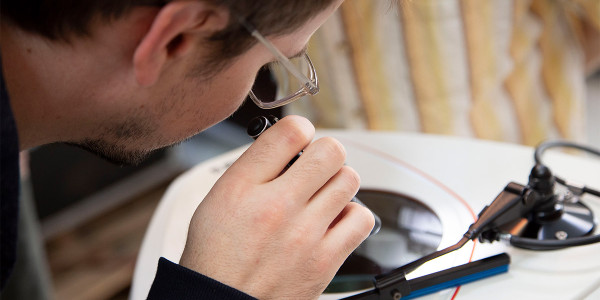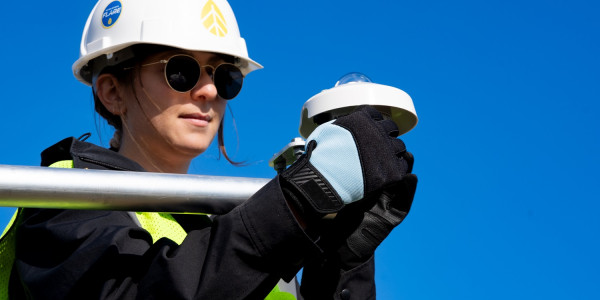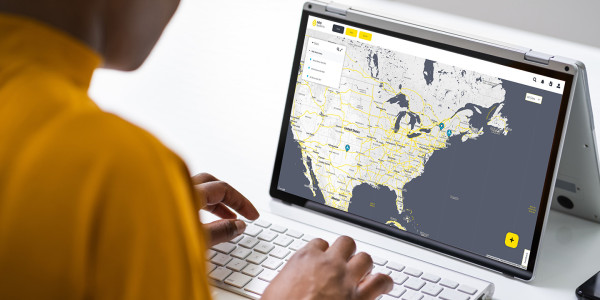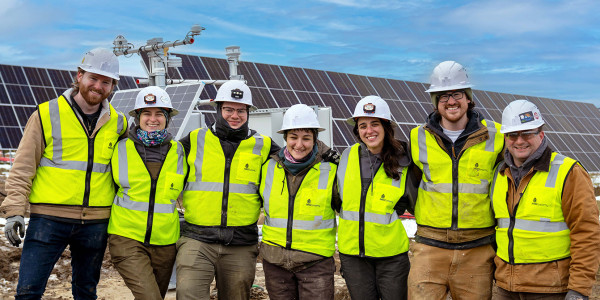November 19, 2018 | Engineering + Technology,
2018 was a big year for NRG’s sensor product line. We introduced the 200M Wind Direction Vane and the T60 Temperature Sensor – two next-gen sensors developed to offer improved measurement uncertainty when compared to their predecessors, the 200P Wind Direction Vane and 110S Temperature Sensor, respectively, while retaining legacy features that make them well suited for wind resource assessment.
Hundreds of thousands of NRG 200P Wind Direction Vanes and 110S Temperature Sensors have been deployed over the years, primarily for wind resource assessment purposes. The 200P Wind Vane has been used by wind energy professionals to develop projects in at least 135 different countries. We know from our customers’ feedback that the ubiquity of these sensors around the globe is due to their ability to combine a few characteristics that are particularly critical during pre-construction wind measurement campaigns: high reliability, straightforward ease-of-use, and reasonable cost.
Since the introduction of these two sensors, wind measurement practices have evolved along with the rest of the industry. As wind energy pursues ever lower LCOE, wind resource assessment practitioners must consistently lower either their measurement uncertainty or the cost of their measurement campaigns. Lowering both, whenever possible, is even better. At NRG, our role in this larger industry effort is to make sure our products are doing their part to support those goals.

The NRG T60 Temperature Sensor
The NRG 200M Wind Direction Vane employs the same body design and materials as the 200P, but replaces the potentiometer-based signal generator with a modern, magnetic-encoder that eliminates the sensor’s dead band and significantly reduces wind direction measurement uncertainty.
The NRG T60 Temperature Sensor brings a new sensing element to the NRG 110S’s time-tested form. The result is a durable, reliable sensor that offers reduced measurement uncertainty and is capable of capturing measurements at higher temperatures.
NRG plans to continue the progress we have made in 2018 with these two sensors by making similar updates in other areas of our product line. As always, we look forward to sharing more exciting news on this front with our customers. Stay tuned!
